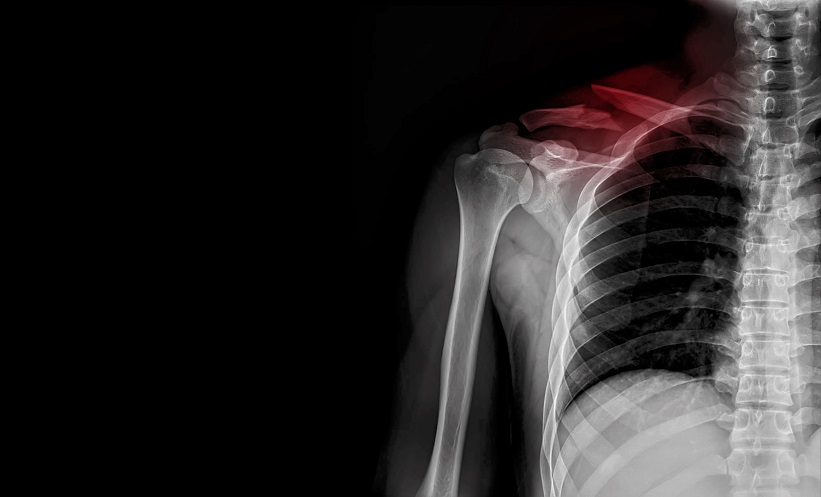BACKGROUND AND AIMS
To retrospectively evaluate the safety and efficacy of CT-guided percutaneous microwave ablation (MWA) of small-sized (≤2 cm) hepatocellular carcinoma (HCC) regarding therapy response and survival rates. The goal is to compare data from minimal invasive treatments like MWA and radiofrequency ablation in comparison to surgical resection or data from liver transplantation.1-3
MATERIALS AND METHODS
CT-guided MWA was performed in 87 patients (16 females; 71 males; mean age: 63.8±10.8 years) with 130 small-sized HCC lesions. The MWA device used was the Emprint™ (Medtronic, Minneapolis, Minnesota, USA) with the Thermosphere™ Technology Covidien (Medtronic) system. After local anaesthesia, a small skin incision was made to percutaneously insert the microwave antenna into the target lesion. Following the insertion and positioning of the antenna in the lesion under CT guidance (Somatom Sensation 64 [Siemens, Munich, Germany]), the thermal ablation was performed according to the manufactural protocol. For monitoring the ablation process, CT fluoroscopic scans were repeatedly performed.
All cases were evaluated according to axial diameter of tumour, volume of post-ablation zone, technical success, complete ablation, therapy response, overall survival, and progression-free survival. Contrast-enhanced MRI was performed post-ablation to evaluate the response to MWA.
RESULTS
The mean axial diameter of the tumour was 1.4 cm (range: 0.5–2.0 cm), and the mean post-ablation volume was 32.6 cm³. A technical success rate of 100% was achieved in all ablations (130 out of 130). The complete ablation rate was 97.7% (127 out of 130) of all tumours. The rate of local tumour progression (LTP) was 4.6% (4 out of 87) and the rate of intrahepatic distant recurrence was 36.8% (32 out of 87). The 1-, 3-, and 5-year overall survival rates were 94.3%, 66.4%, and 53.8%, respectively. The 1-, 3-, and 5-year progression-free survival rates were 70.5%, 46.4%, and 33%, respectively. No peri-procedural deaths were reported.
CONCLUSION
Image-guided interventional treatment such as percutaneous thermal ablation is of increasing importance in the therapy of HCC. Interdisciplinary teams consisting of surgeons, interventional radiologists, oncologists, hepatologists, and radiation oncologists must decide on the best treatment option in treating HCC: surgery, image-guided thermal ablation, intra-arterial methods, or radiation therapy. For this, they need to consider location and size of the tumour, liver function, existence of extrahepatic manifestation, overall health of the patients, and patient preference.
The main challenge in treating patients with HCC by local ablative techniques such as MWA is the development of LTP or intrahepatic distant recurrence. Here, the authors showed that the rate of LTP was 4.6% (4 out of 87), and the rate of intrahepatic distant recurrence 36.8% (32 out of 87). Other authors reported rates of LTP from 8.8% to 29.2%,4-6 while evaluating MWA of HCC.
The authors achieved an initial complete ablation in 97.7% (127 out of 130) of all tumours using MWA. Prior studies that examined MWA reported initial complete ablation rates from 71.1–98.5%.7,8
The authors’ study had some limitations. First, it was a retrospective study and some important parameters for a well-matched study were not available. Thus, a prospective randomised study could investigate and evaluate the efficacy and safety of MWA in the treatment of HCC more accurately. Secondly, this study did not consider the possible effect of pre-treatments such as trans-arterial chemoembolisation. In addition, a multicentre study may include a larger population of patients and combine expertise from different institutes, which would evaluate this approach more comprehensibly.








